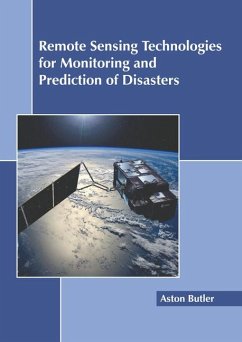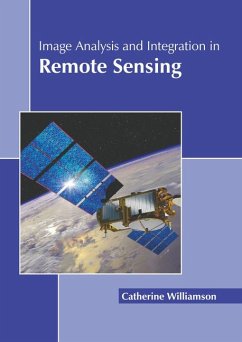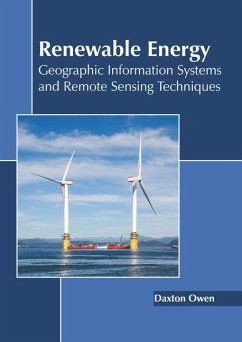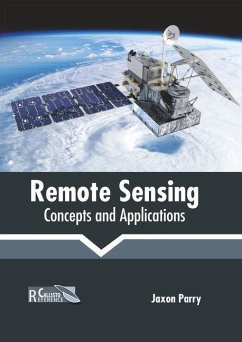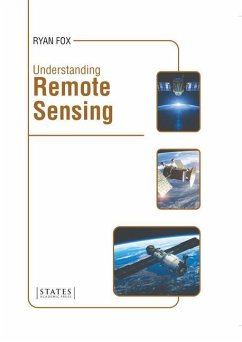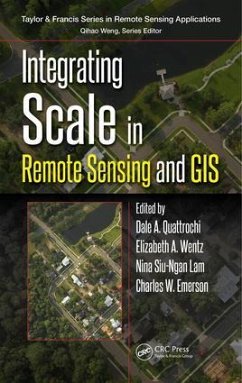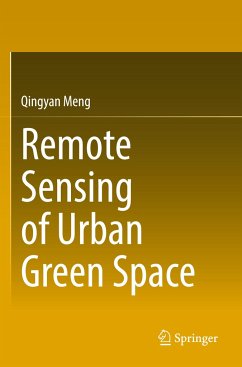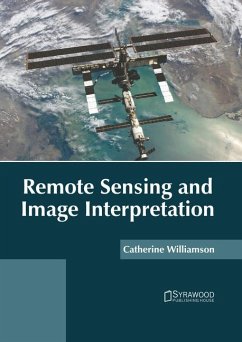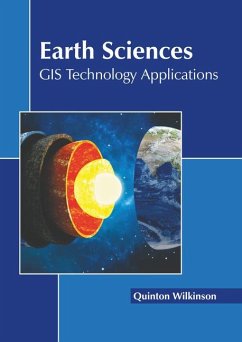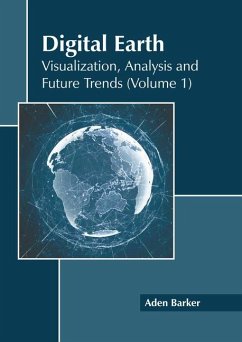
Fundamentals of Remote Sensing
Versandkostenfrei!
Versandfertig in über 4 Wochen
154,99 €
inkl. MwSt.

PAYBACK Punkte
77 °P sammeln!
Remote sensing refers to gathering information about a phenomenon or object without direct physical contact. It enables the gathering of data from areas that are inaccessible or unsafe. Various fields such as hydrology, ecology, geology, and meteorology utilize remote sensing techniques. It is commonly categorized into two types - active and passive. Active remote sensing entails emitting a signal from a satellite or aircraft and then detecting its reflection by an object. Passive remote sensing involves detecting the reflection of electromagnetic radiation from external sources like sunlight....
Remote sensing refers to gathering information about a phenomenon or object without direct physical contact. It enables the gathering of data from areas that are inaccessible or unsafe. Various fields such as hydrology, ecology, geology, and meteorology utilize remote sensing techniques. It is commonly categorized into two types - active and passive. Active remote sensing entails emitting a signal from a satellite or aircraft and then detecting its reflection by an object. Passive remote sensing involves detecting the reflection of electromagnetic radiation from external sources like sunlight. The data acquired through remote sensing is analyzed and processed using computer software. This book is a valuable compilation of topics, ranging from the basic to the most complex theories and principles in the field of remote sensing. Such selected concepts that redefine this field have been presented in it. For all those who are interested in remote sensing, this book can prove to be an essential guide.



